Many French drivers favor criteria of cost and profitability, opting for a second-hand car . Whether you have gone through the services of a dealer or you are dealing directly with an individual, the opportunity to make a good deal should not make you overshadow the need to check the proper functioning of the car . This involves checking its mechanical condition , but also testing your future car before you commit.
So here’s how to properly test out your new used car to avoid pitfalls and unpleasant surprises.
1 Don’t Get Distracted
2 Getting Started
3 Before riding
4 While riding
4.1 Suspicious noises and smells
4.2 The engine
4.3 Brakes
4.4 Shock absorbers
4.5 The gearbox
4.6 The clutch
4.7 Management
5 Ask the owner
6 If in doubt: do not hesitate to call in a pro!
7 The essentials to remember
Don’t get distracted
To try a second-hand vehicle, it is not essential to be an automotive expert. You just have to be vigilant and track down the slightest anomaly affecting the vehicle without letting yourself be influenced by its character or its look. To do this, do a dynamic test of the vehicle, essential to get a precise idea of its mechanical condition, and do not put car before buying the radio on board so as not to be distracted. Finally, if possible, choose a route that you are used to doing so that you can focus exclusively on the car.
Startup
The vehicle must start easily , in two pulls maximum, without requiring the use of a jump starter, which could alert to a mechanical problem or indicate that the vehicle has been immobilized for too long. When you have started, wait a few moments for the engine speed to stabilize, and check its consistency and its height when stopped. If it squeaks or whistles, this may indicate a faulty belt tension and a risk of the belt breaking.
On the other hand, make sure that the exhaust pipe does not spit visible smoke and especially not bluish, symptomatic of serious mechanical problems.
Before riding
When stationary, carefully check the lights on the dashboard , the equipment (air conditioning, car radio, GPS, etc.) to make sure nothing is faulty. Also check the oil level as well as its color , which will give you an idea of the care given to the vehicle by its owner.
While you ride
While driving, be alert for any clicking , squealing , hissing , or other unusual metallic noises as well as suspicious smells of gasoline, burning, oil, or exhaust.
Engine
When the mechanics are at the right temperature, observe what happens during the revving, which must be fluid and smooth . If not, it may indicate that the air filter or spark plugs are clogged. It is also a sign of engine wear.
the brakes respond correctly to the action on the pedal.
Test them by braking hard at 90 km/h after making sure there is no one behind you and check that the car stays in line. A whistling noise from the brakes is not necessarily serious , but it is best to visually inspect the brakes if possible, and ask about the last change of rotors and pads.
To check the integrity of these mechanical parts, make sure that the vehicle does not roll too much when cornering and that it does not dive excessively during braking.
The gearbox
If it is manual, the gears should shift easily , without cracking or jerking, which would indicate wear in the synchronizers.
The clutch
To test its correct operation, apply the handbrake when stationary, shift into third gear and gently disengage until it almost stalls. If the clutch system slips , and if it jerks when starting, it probably means that its discs or the flywheel are worn.
The direction
While driving, test the steering wheel by releasing it very slightly in order to examine the direction and make sure that the maneuver takes place without clicking , that the steering wheel does not vibrate and that the vehicle does not veer abnormally to one side in a straight line on a regular route. In addition, during turns, the car must respond without delay to the action on the steering wheel.
Ask the owner
Do not hesitate to ask the seller of the vehicle about its maintenance , in order to clarify any points that seem suspicious to you.
On the other hand, be suspicious if he is reluctant to test drive his vehicle. Finally, you can ask him to drive his car in your presence to ensure the general good condition of the vehicle. If the driver is overheating the engine too quickly, driving harshly, or driving at the wrong revs, think before you start.
If you are not sure of the relevance of your diagnosis, you can also ask an expert to accompany you during a check-up of the vehicle. He will be able to flush out for you the faults that you would not have noticed.
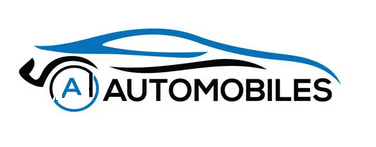









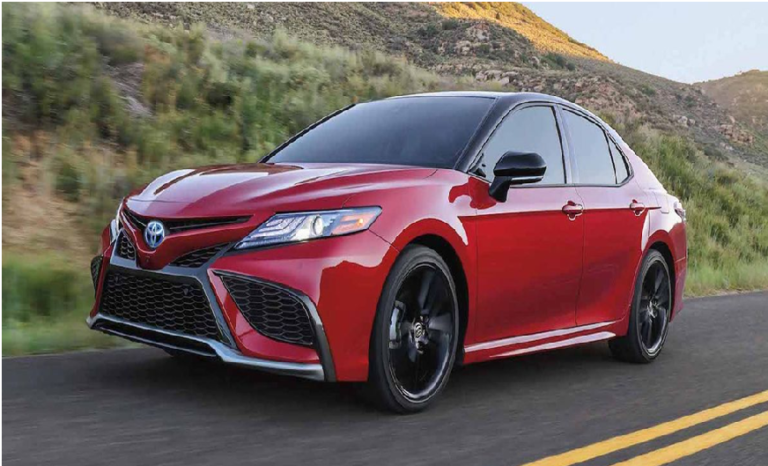

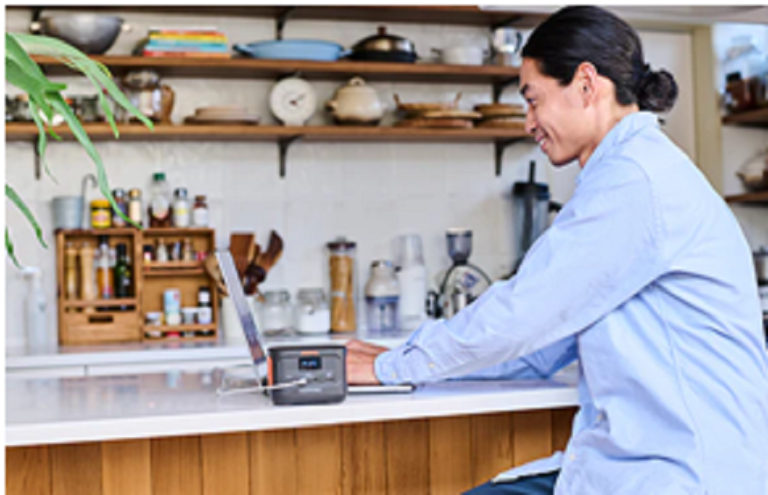

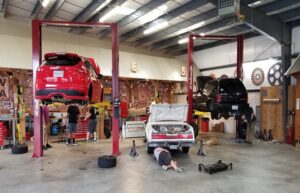
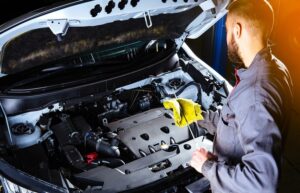
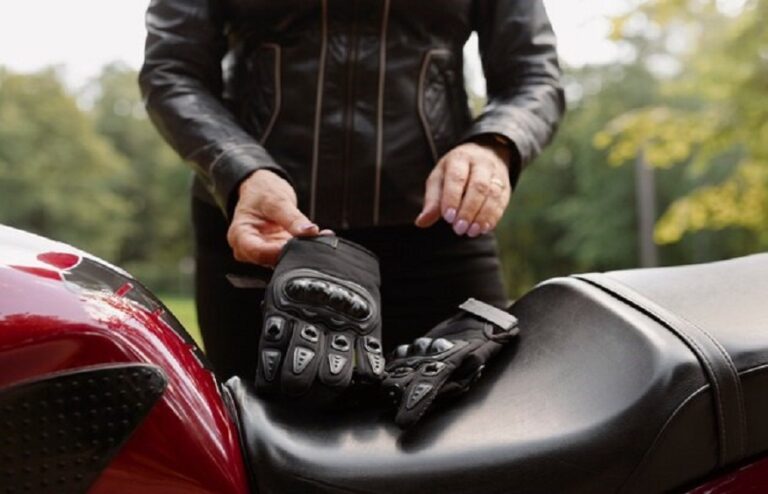

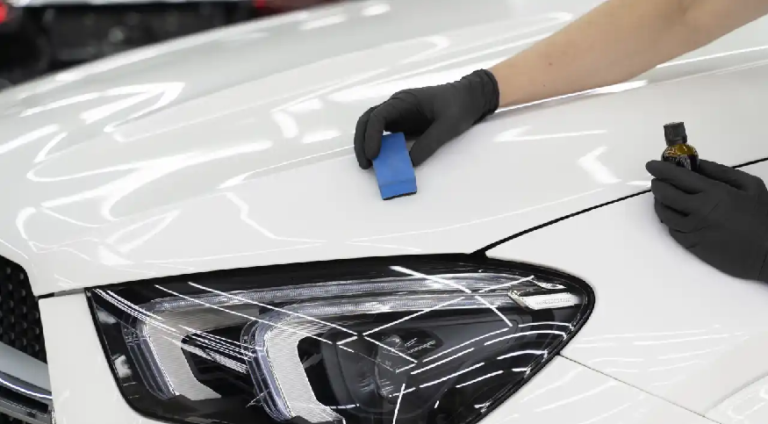
+ There are no comments
Add yours